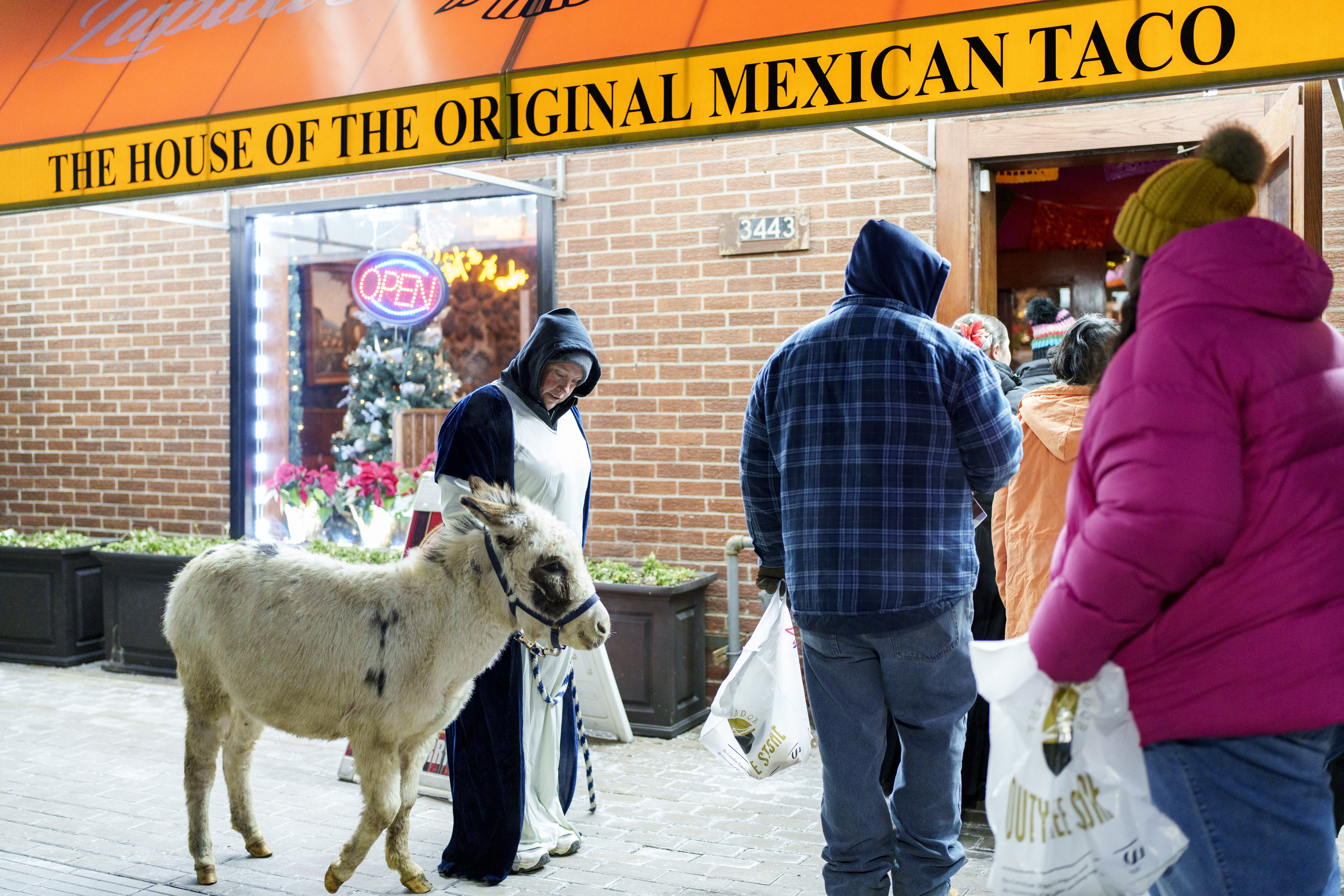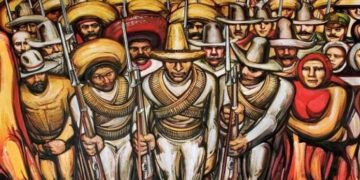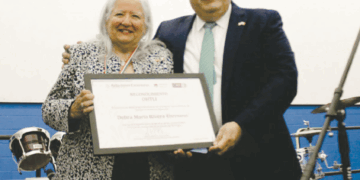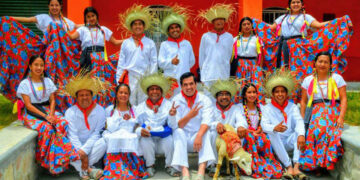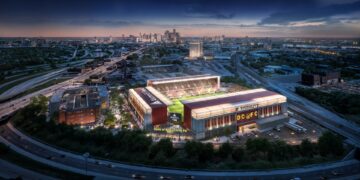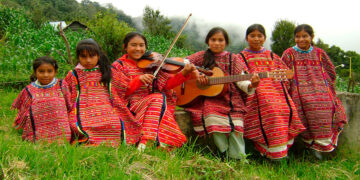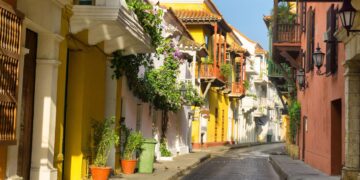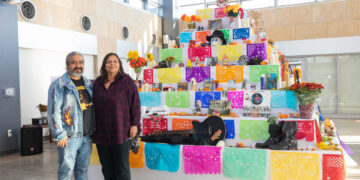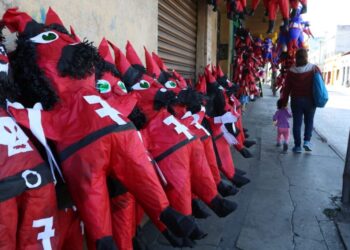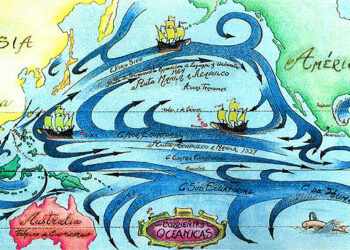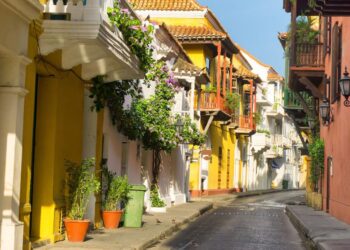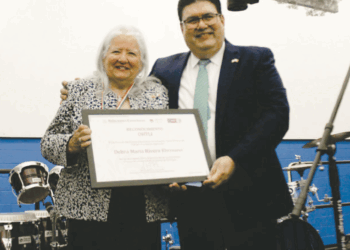Brazil, the fifth largest country in the world, boasts vast diversity, not only in terms of ecosystems but also in terms of peoples and cultures: Native and Indigenous, mixed-race, immigrants, and descendants of Europeans, Africans, and Asians; which has given it a vast ethnic richness.
Brazil has a territory that extends over 5,000 kilometers of equatorial rainforest in the Amazon region, as well as an immense semi-arid zone, savanna regions, humid forests, and a 7,500-kilometer coastline on the Atlantic Ocean; as well as large cities that have allowed it to become one of the five economic powers in Latin America, along with Mexico, Colombia, Argentina, and Chile.

The national men’s soccer team has won 20 titles worldwide. Pelé has been recognized by FIFA as the best, or one of the three best, players in the history of soccer.
Cathedral Basilica of Our Lady of Glory of Maringá
Located in the city of Moringá in the state of Paraná, Brazil, the Minor Cathedral Basilica of Our Lady of Glory of Maringá (Catedral Basílica Menor Nossa Senhora da Glória), at 124 meters (407 feet), is the tallest cathedral in Latin America and one of the tallest in the world; it has a capacity for 4,500 parishioners.
The festivities in honor of the patron saint and protector of the city of Moringá, Nossa Senhora da Glória, are celebrated annually in the second week of August during the novena, which runs from August 6 to 15.
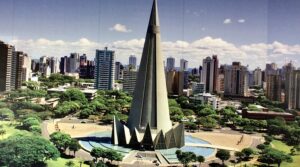
The cathedral’s design was carried out by Brazilian architect José Augusto Bellucci, who fused the architectural tradition of conical Gothic towers with a more contemporary architecture inspired by the shapes of the Sputnik 2 and 3 satellites, resulting in this exceptional ecclesiastical structure filled with stained-glass windows and a garden atrium that complements the city’s architecture.
The cathedral is not only a monument to faith, but also a spectacle of architectural majesty that is unchanged by day or night, with its stained-glass windows illuminated by day and the fountains surrounding the cathedral illuminated by night. The cathedral has access to the upper floor, allowing one to enjoy the view from above.
At the beginning of its construction, Pope Pius XII sent a blessed block of marble from St. Peter’s Basilica in Rome to serve as the cornerstone. It was laid in 1958 and completed in 1973. However, it was not until 1982 that it was elevated to the rank of Minor Cathedral Basilica.
Miracles of healing are attributed to the Virgin of Glory.
Brasil
Brasil, el quinto país más grande del mundo y con una vasta diversidad, no sólo en términos de ecosistemas, sino también de pueblos y culturas: nativos-indígenas, mestizos, inmigrantes y descendientes de europeos, africanos y asiáticos; lo que le ha dado una vasta riqueza étnica.
Brasil cuenta con un territorio que se expande en 5,000 kilómetros de selva ecuatorial en la región amazónica, así como una inmensa zona semiárida, regiones de sabana, bosques húmedos y una línea costera de 7,500 kilómetros en el Océano Atlántico; así como grandes ciudades que le ha permitido llegar a ser una de las cinco potencias económicas de Latinoamérica junto con México, Colombia, Argentina y Chile.

La selección nacional de futbol soccer masculino cuenta con 20 títulos ganados a nivel mundial. Pelé, ha sido reconocido por la FIFA como el mejor, o uno de los tres mejores futbolistas en la historia del futbol soccer.
Catedral Basílica Menor de Nuestra Señora de la Gloria de Maringá
Ubicada en la ciudad de Moringá en el Estado de Paraná, Brasil, la Catedral Basílica Menor de Nuestra Señora de la Gloria de Maringá (Catedral Basílica Menor Nossa Senhora da Glória), con sus 124 metros de altura o 407 pies es la catedral más alta de Latinoamérica y una de las más altas del mundo; con una capacidad para recibir a 4,500 feligreses.
Las fiestas en honor a la Santa Patrona y Protectora de la Ciudad de Moringá, Nossa Senhora da Glória, se celebran año con año en la segunda semana de agosto durante la novena que va del 6 al 15 de agosto.
El proyecto de la catedral fue realizado por el arquitecto brasileño José Augusto Bellucci, quien fusionó la tradición arquitectónica de las torres cónicas del estilo gótico con una arquitectura más contemporánea inspirada en la forma de los Satélites Sputnik 2 y 3, teniendo como resultado esta excepcional construcción eclesiástica llena de vitrales y un atrio jardín que se complementa con la arquitectura de la ciudad.

La catedral no sólo es un monumento a la fe, sino también un espectáculo de la majestuosidad arquitectónica que no pierde nada de noche o día, con la iluminación de sus vitrales durante el día y los juegos de luces en las fuentes que rodean la catedral durante la noche. La catedral cuenta con acceso a la parte superior, lo que permite disfruta de la vista desde las alturas.
Para el inicio de su construcción el Papa Pío XII envió un bloque de mármol originario de la Basílica de San Pedro en Roma ya bendito para que fuese La Primera Piedra, misma que fue colocada en 1958, terminándose de construir en 1973; no obstante, fue hasta 1982 que fue al rango de Catedral Basílica Menor.
A la advocación de la Virgen de la Gloria se le atribuyen milagros de salud.

